We’re excited to introduce you to the always interesting and insightful Mary Henderson. We hope you’ll enjoy our conversation with Mary below.
Mary, thanks for taking the time to share your stories with us today Are you happier as a creative? Do you sometimes think about what it would be like to just have a regular job? Can you talk to us about how you think through these emotions?
The question of whether I am happy doing what I do is one that I ask myself periodically. I feel like a lot of artists go through stretches of doubt, because there is usually so little extrinsic reward for what we do. I’ve often reached points where I felt like it was time to start preparing a back-up plan, but every time I have gotten close to pulling the trigger – like looking seriously for a full-time job – I’ve gotten some little bit of affirmation from the universe that made me feel like it wasn’t *quite* time yet. I can’t imagine ever stopping painting, but I’ve certainly considered trying to adopt a more modest and sustainable practice that could be compatible with a “regular” job. I know a lot of people who are able to make that work, and I have so much admiration for their time-management skills.
I do a couple of other jobs in addition to running my studio practice, and I actually appreciate the sense of perspective that those jobs provide. I teach, and even though it’s very hard work, I think that the time I spend thinking intensively about the craft of painting in that context is pretty helpful for my own practice. I also work in arts administration, which gives me the chance to help other artists get projects off the ground. It’s good for me to spend that time in connection with other artists and counteract my tendency to want to isolate and be hyper-focused on my own stuff.

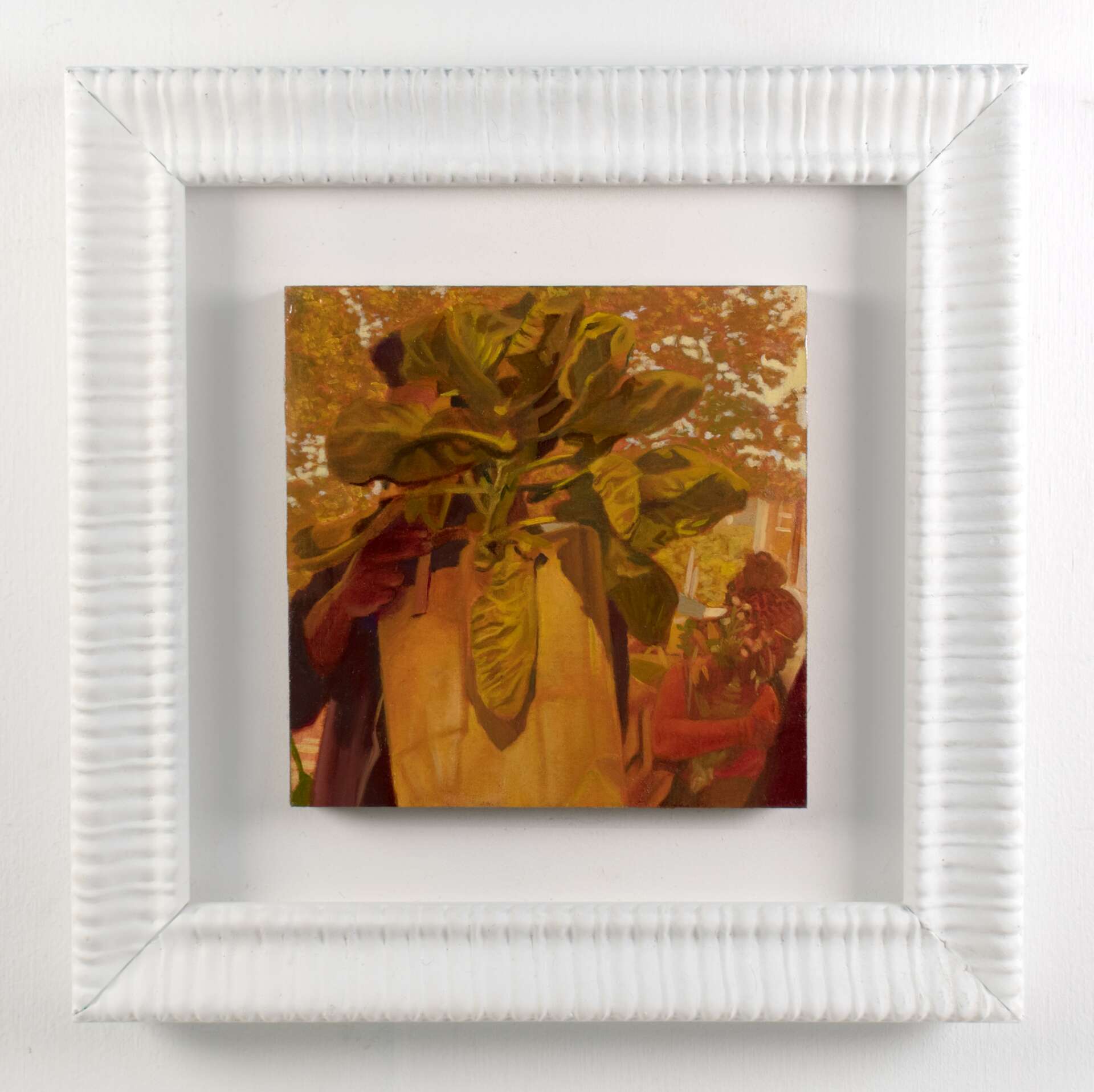
Awesome – so before we get into the rest of our questions, can you briefly introduce yourself to our readers.
I am primarily a figurative painter who focuses my practice on multi-figure portraits of people in public. My work is about the connections between people, and the ways we affect each other – knowingly and unknowingly – when we gather together. For my most recent body of work, I have set each image in the same location: West Philadelphia’s iconic Clark Park, a few steps away from my house, which serves as a busy and somewhat chaotic social hub for my neighborhood. Sharing this common space, by choice or by chance, the subjects of the paintings are seen in unguarded moments of connection, synchronicity or reflection, in a state of suspension between individual and communal identity. Inspired in part by the Parisian park and garden-party paintings of French Impressionist painting, the work imagines this public square, with its radical possibilities for community and collective effervescence, as a kind of everyday utopia.
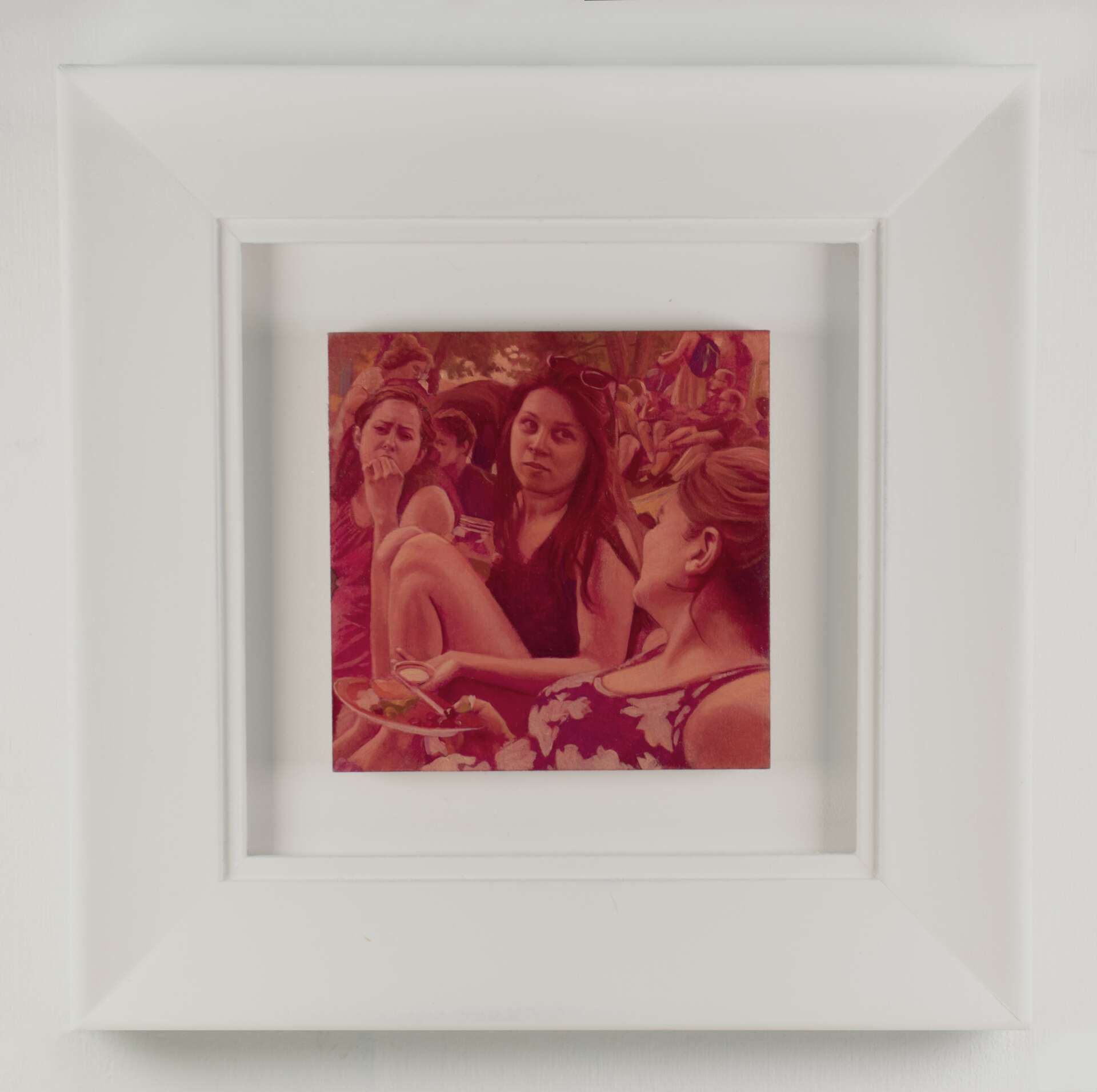

In your view, what can society to do to best support artists, creatives and a thriving creative ecosystem?
So many artists I know just want a manageable schedule for paid work that allows them some time in the studio. I think that having your art practice be separate from your income is actually pretty liberating, and that, conversely, making a living off your work can become bit of a trap for some artists, in the sense that it sometimes creates barriers to growth and change.
So in some ways the thing I most want from society is what a lot of people want from society: the option for stable, well-compensated, but not life-defining employment. We need more half- or two-thirds-time jobs that aren’t cobbled-together, freelance gigs. This is true for artists, for parents and so many other people with significant responsibilities outside the workplace. Many of us who have been through a traditional path of higher education are stuck in a mindset that jobs are either menial and dead end, or fulfilling careers that should define us. I would love to see more of us – employers and employees – embrace the idea of more modest jobs with solid boundaries that can be done conscientiously without being the center of people’s lives.
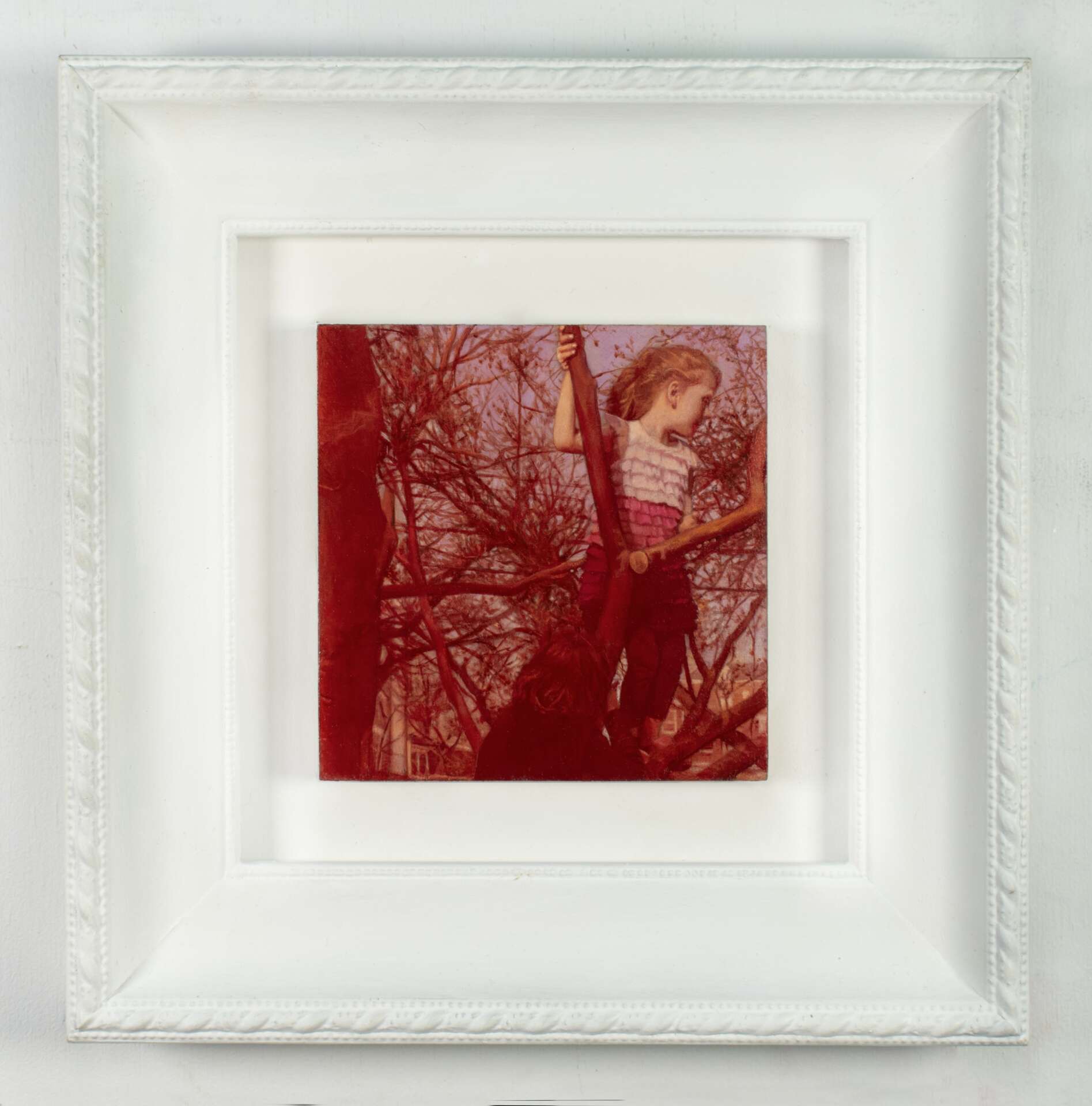
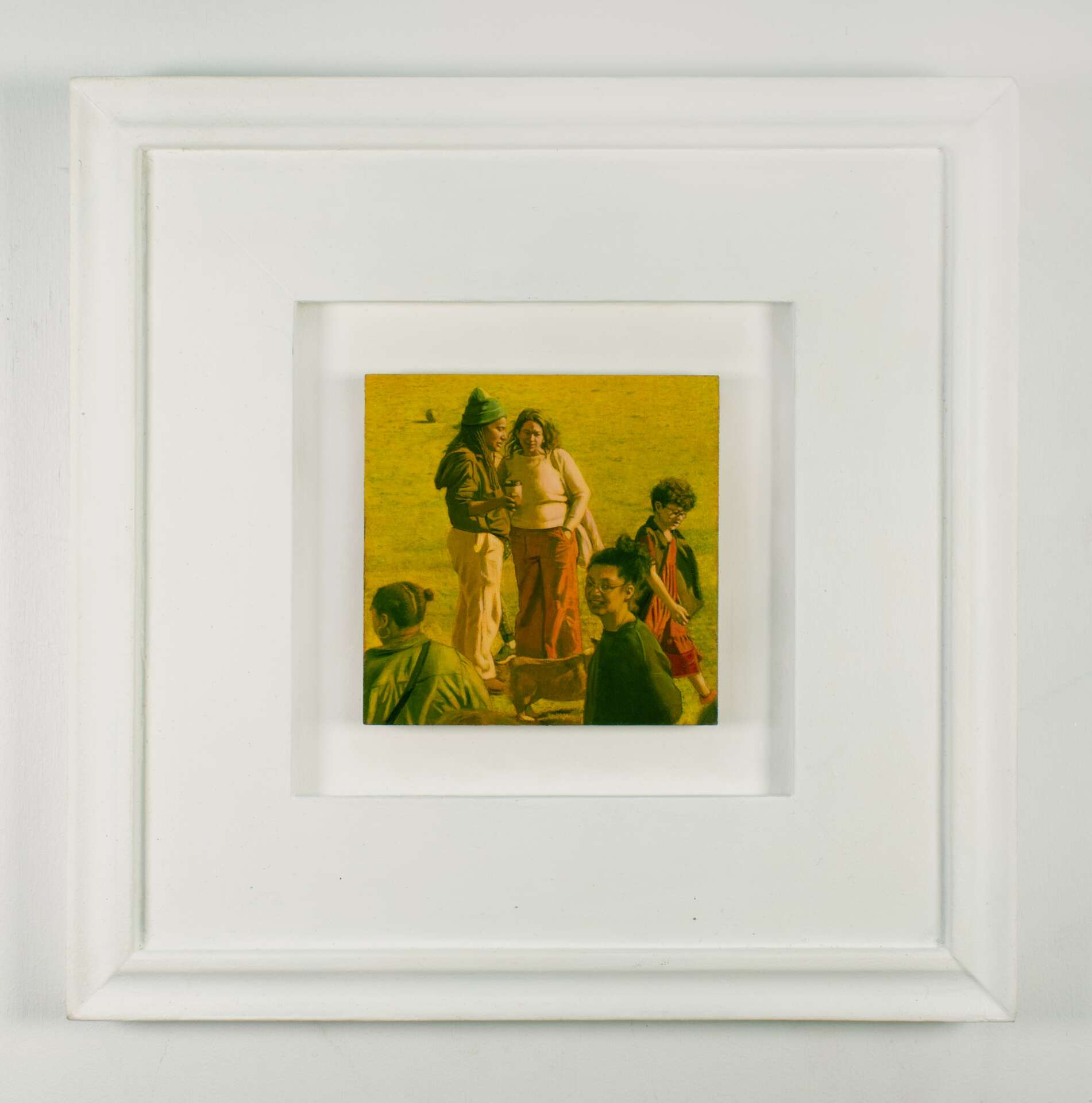
We’d love to hear a story of resilience from your journey.
I’d love to talk a little bit about my experience being a parent while trying to maintain an art career, which I think has helped build my resilience in some surprising ways. I’ve definitely had trouble embracing the idea that it’s okay to take breaks, that you don’t always have to be making work and showing work to be an artist, and that’s been very hard to balance with parenting.
I had my first solo show in New York when I was 36 weeks pregnant. It was a great experience, and I planned to take a little break and then get right back into working once I felt physically up to it. I think I thought that, with a home studio, I could just kind of paint while the baby slept. Well, I did not have that kind of baby. I was completely exhausted and unable to get much done for the first year or so, even with a sitter coming in part time. I lost a lot of the momentum that came with that first big show, and I had to back out of some pretty significant opportunities.
This felt like such a failure in the moment, and like I was destroying my career – which, maybe I was, in some ways. But I think that having that little dip, being forced to pause and take care of myself and my family, was a gift in some ways. Figuring out how to reboot, how to make my practice a little easier to balance with my responsibilities, was really helpful in charting a path forward long term.
As I mentioned earlier, I think that for me, like a lot of artists, a sustained creative career can feel like an endless cycle of failures punctuated by enough moments of reward to keep yourself going. But experiencing that particular professional setback and recognizing, at least on some level, that I was doing what I needed to do, has given me a template for viewing all the later setbacks I’ve experienced. They happen! Sometimes the shows don’t come, or they don’t do well, or you feel like you need to make an artistic change that you’re unsure about. Learning how to start over again when you need to, and recognizing that it’s just part of a lifetime of making art, is a crucial skill to learn. I think the context of that first, significant pause gave me a helpful template for moving forward when I feel like I’ve reached a dead end.
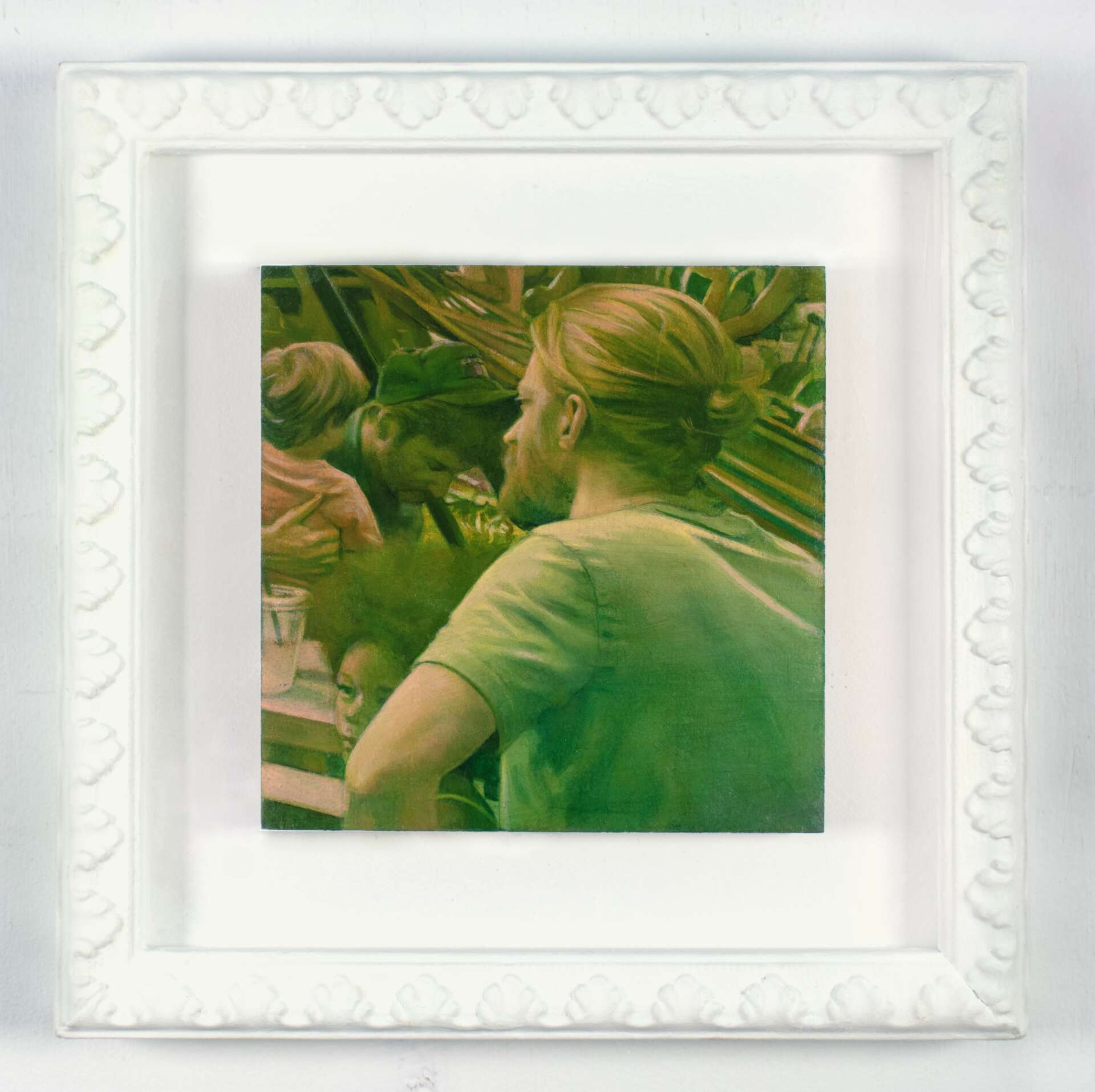
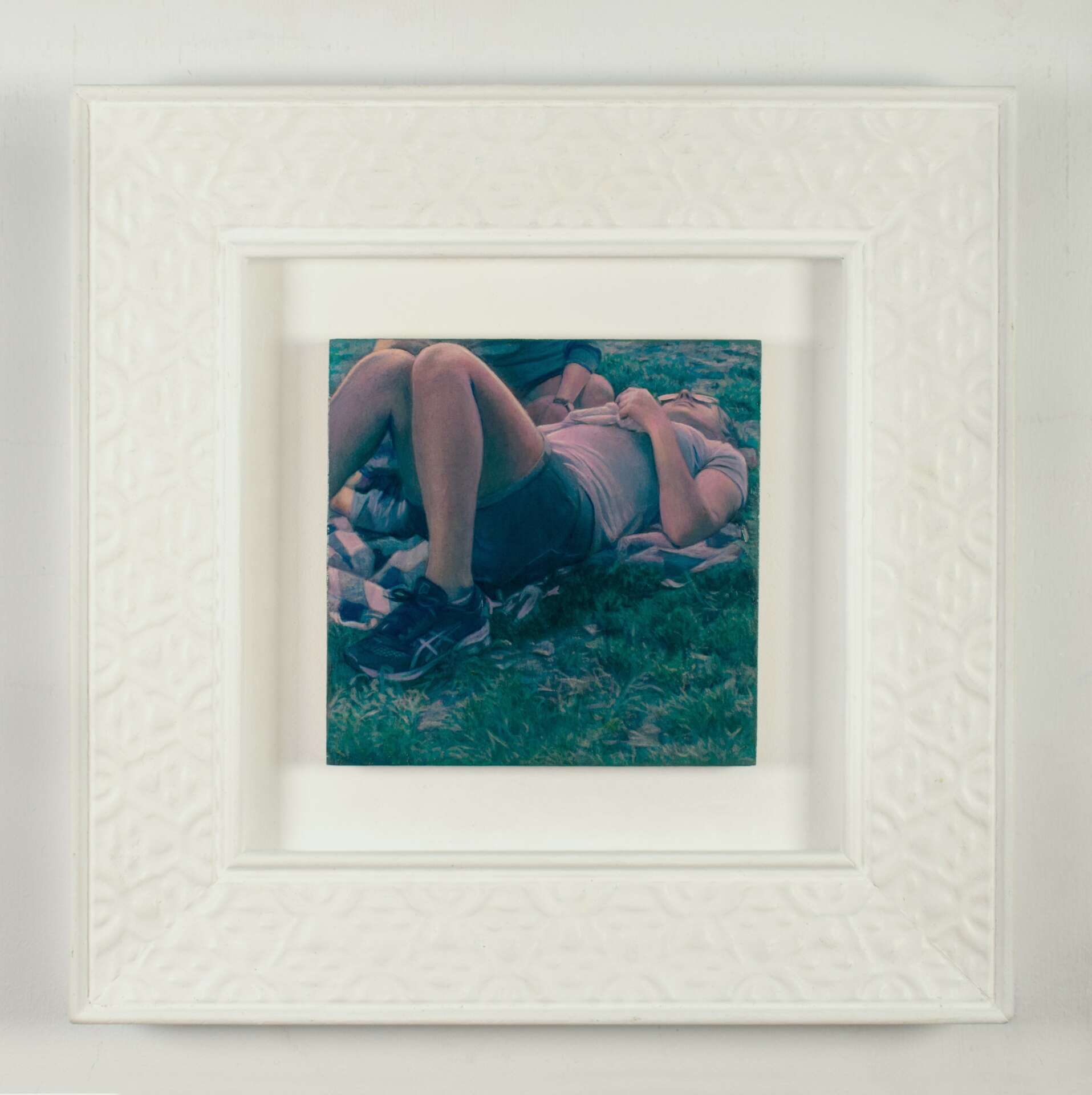
Contact Info:
- Website: maryhenderson.net
- Instagram: @maryhendersonart
Image Credits
Portrait photo: MB Vargas


